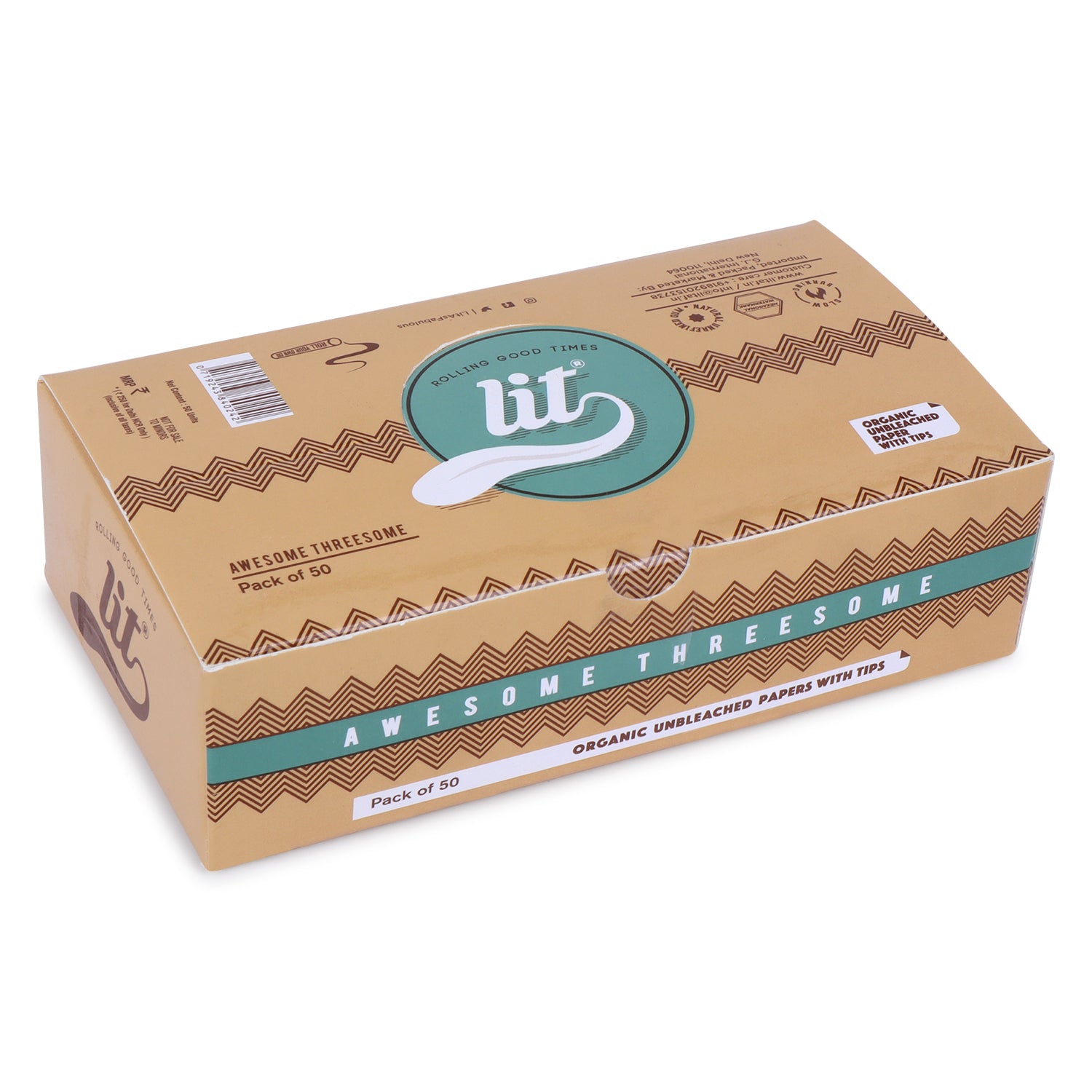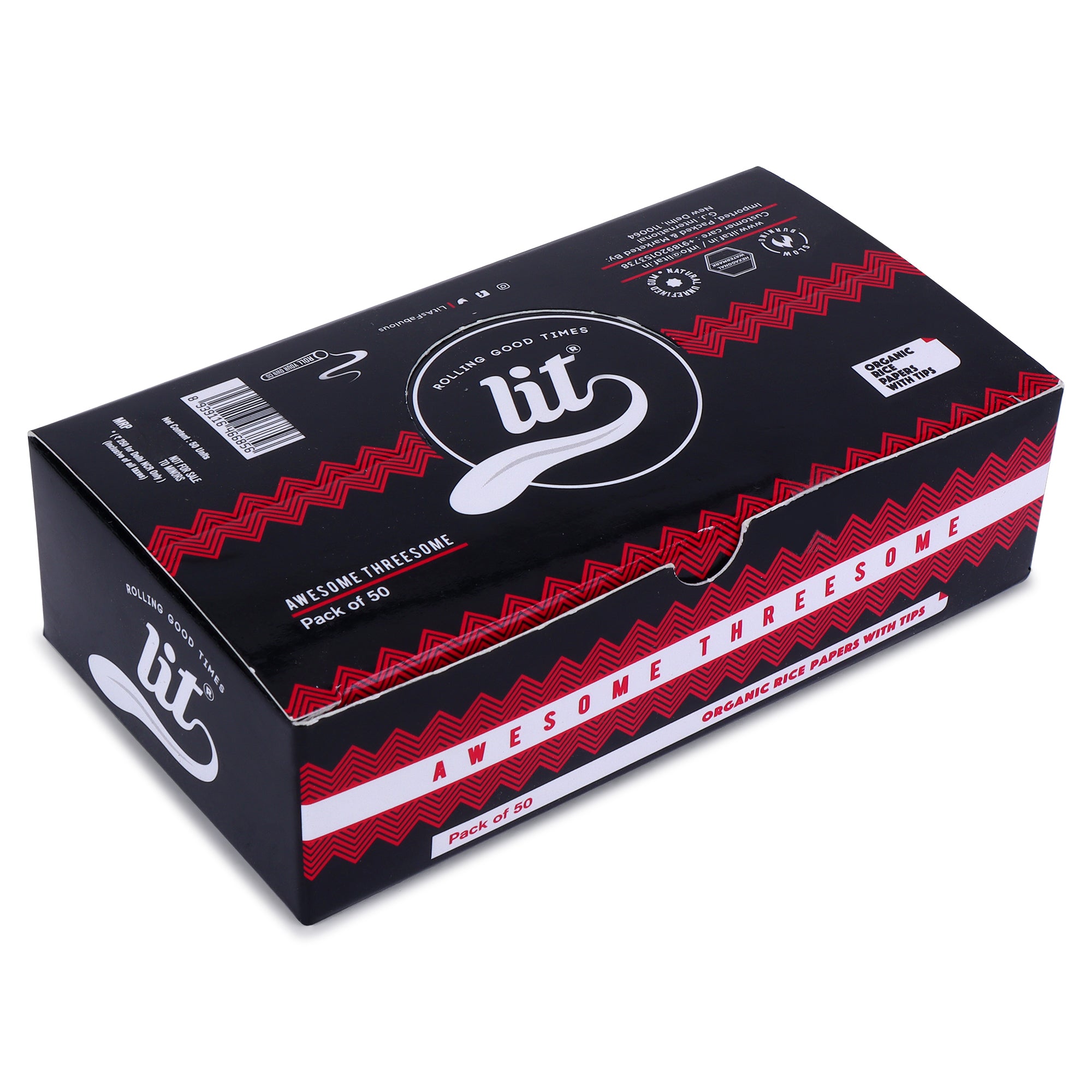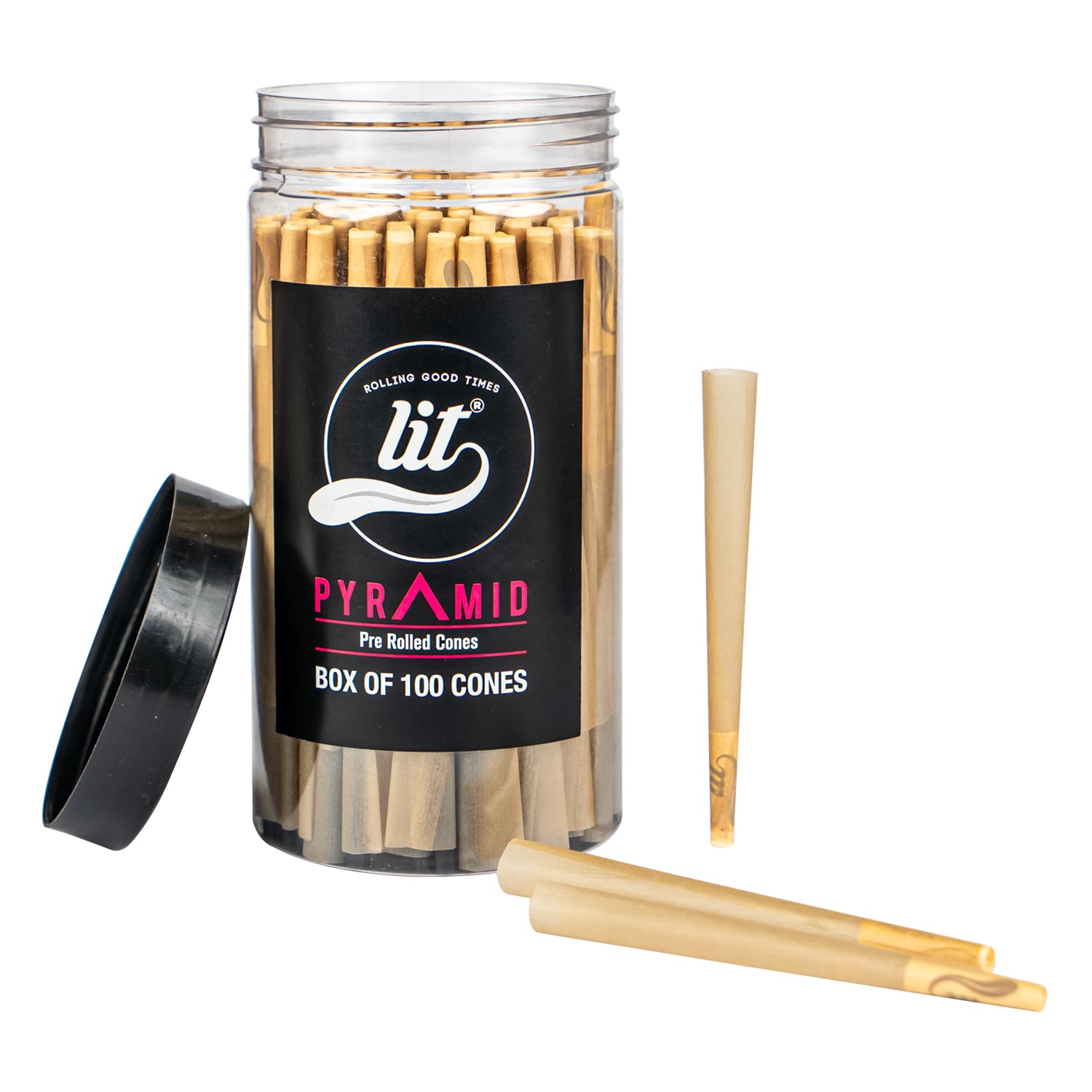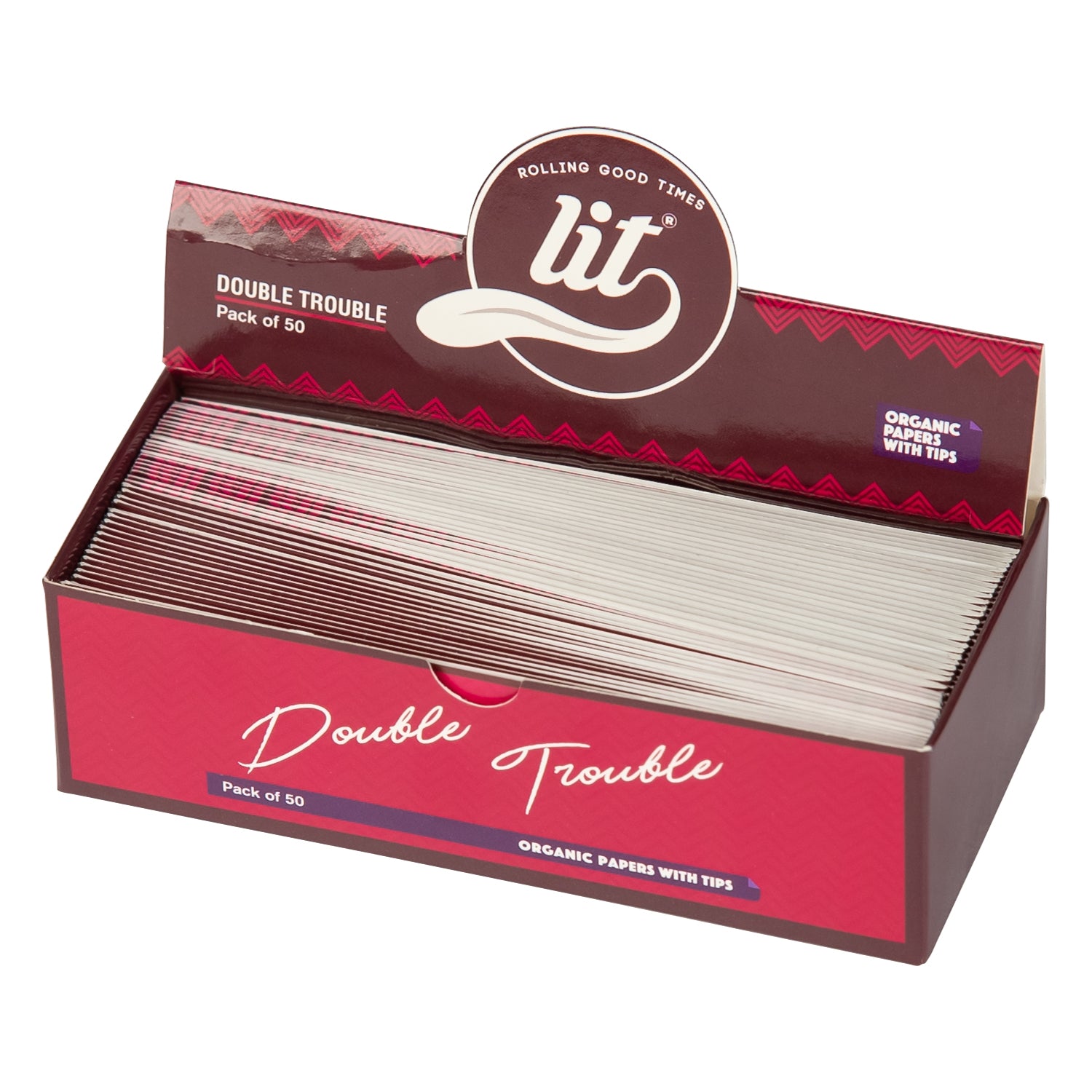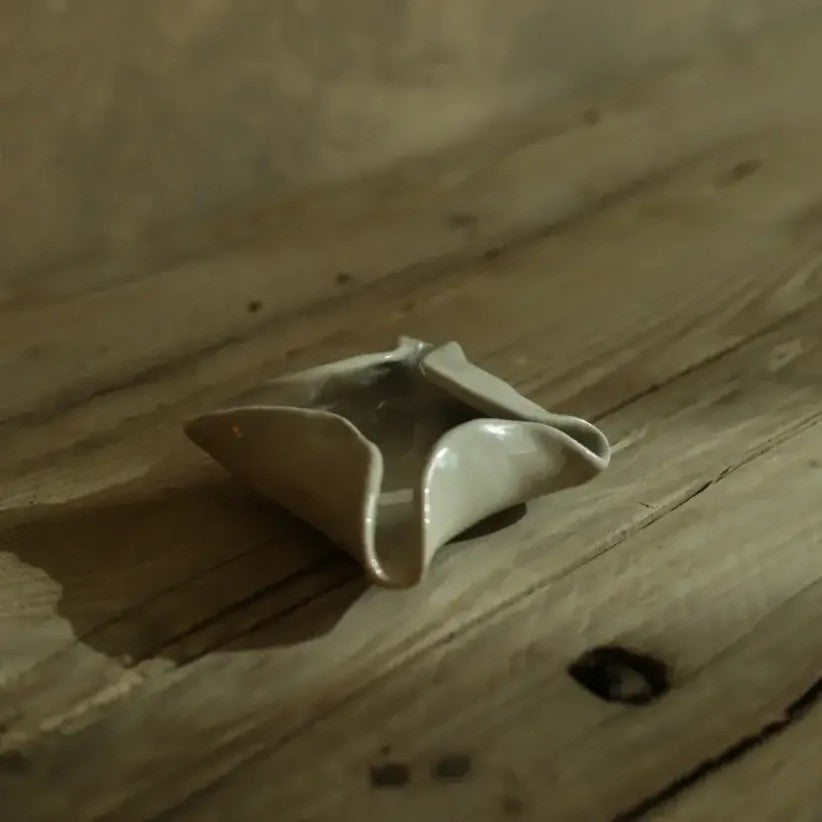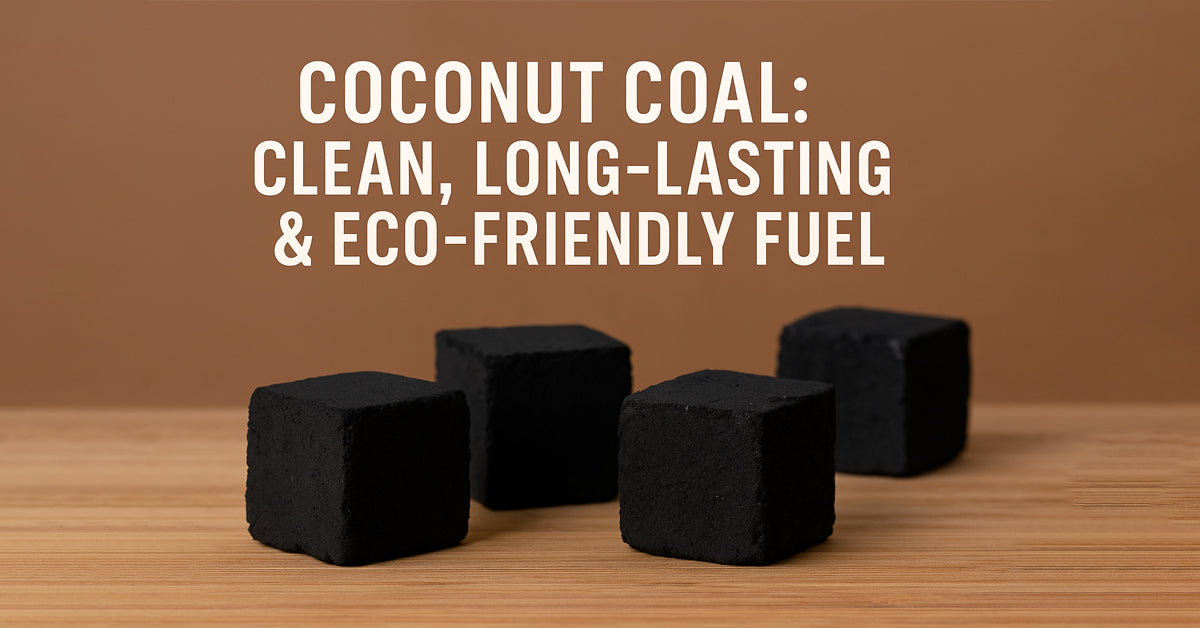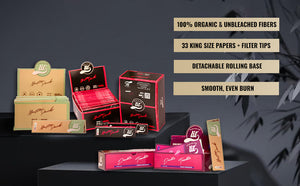What Is Coconut Coal? Benefits, Uses, and Why It’s Better Than Regular Charcoal
Coconut coal is a clean-burning, long-lasting fuel made from the shells of coconuts. As a natural byproduct of the coconut industry, it’s considered one of the most sustainable alternatives to traditional wood-based charcoal. With growing demand in hookah lounges, barbecue grilling, and eco-conscious households, coconut coal is changing the way people think about charcoal.
It’s not just an alternative—it’s a better option in almost every way.
What Is Coconut Coal?
Coconut coal, sometimes called coconut shell charcoal, is created by carbonizing coconut shells in a low-oxygen environment. Once turned into charcoal, the material is ground into a fine powder and compressed into uniform briquettes or cubes.
This type of coal is widely preferred for shisha or hookah smoking, open-flame cooking, and even heating purposes. It produces steady heat, burns longer than traditional charcoal, and doesn’t give off strong odors or toxic chemicals.
Benefits of Coconut Coal
Sustainable Fuel Source
Coconut coal is made from agricultural waste, specifically discarded coconut shells. Since no trees are cut down and the raw material is renewable, it offers a highly sustainable fuel option with a minimal carbon footprint.
Long Burn Duration
Known for its dense structure, coconut coal can burn continuously for over two hours. This is especially useful for grilling and hookah sessions where uninterrupted heat is important.
Low Ash Residue
Coconut coal generates less than 2% ash, making it far cleaner than conventional charcoal. This reduces cleanup time and keeps your equipment in better condition, especially during indoor use.
No Smell or Taste Contamination
Unlike quick-light charcoal that often contains chemicals, coconut coal is tasteless and odorless. It doesn’t interfere with the flavor of your food or shisha, preserving a more natural experience.
High and Stable Heat Output
Coconut coal reaches high temperatures quickly and maintains a steady burn. It’s ideal for slow cooking, smoking, or even high-heat searing.
Common Uses of Coconut Coal
Hookah (Shisha):
Coconut coal has become the top choice in hookah lounges and among home users for its slow, even burn and clean smoke profile.
Barbecue Grilling:
Its long burn time and neutral impact on taste make it ideal for cooking meats and vegetables without adding chemical flavors.
Heating Applications:
In regions without consistent electricity or heating systems, coconut coal is often used in small stoves and heaters for personal warmth.
Industrial Use:
Certain industries use coconut coal for metalwork, brick kilns, or other controlled combustion applications that demand high, clean heat.
Coconut Coal vs Regular Charcoal
|
Criteria |
Coconut Coal |
Regular Charcoal |
|
Raw Material |
Coconut shells (renewable waste) |
Wood (often deforested) |
|
Environmental Impact |
Sustainable and eco-friendly |
High deforestation and emissions |
|
Burn Time |
2+ hours |
45 mins to 1 hour |
|
Ash Content |
Less than 2% |
10–15% ash |
|
Odor and Taste Impact |
Neutral, chemical-free |
Often has additives or accelerants |
|
Cost Efficiency |
Higher upfront, longer-lasting |
Cheaper initially, used faster |
How Coconut Coal Is Produced
-
Shell Collection
After extracting coconut water and flesh, the shells are gathered from processing plants. -
Carbonization
The shells are heated in kilns at controlled temperatures with low oxygen, transforming them into pure charcoal. -
Grinding & Binding
The charcoal is ground into fine particles and mixed with natural binders like starch. -
Molding
Using machines, the mixture is pressed into uniform cubes or briquettes. -
Drying & Packaging
The finished coconut coal is dried to remove moisture and then packaged for distribution.
Each batch is usually tested for moisture level, ash content, and burn time to ensure quality.

